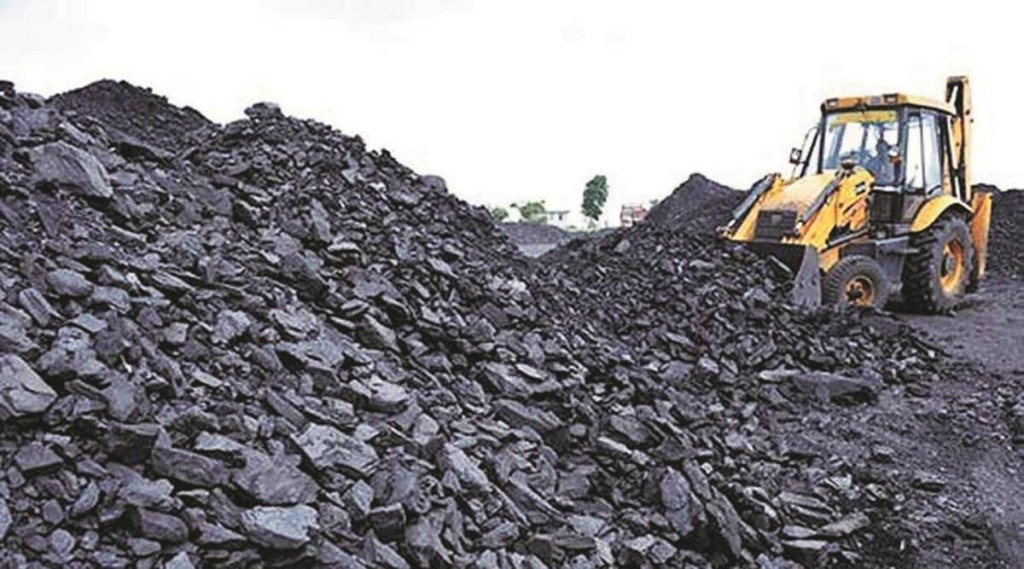The non-power sectors that use coal have rebutted the claims of Coal India (CIL) that the fuel supplies to the sector have improved in FY22 compared to the pre-pandemic period.
Players in the sector have stated that the drop in the fuel supplies to them have been sharp in recent months. Between September 2021 and January 2022, coal supplies to these industries dropped 17% when the supplies to power producers increased by 20%.
Also, the current fiscal year cannot be compared with non-pandemic period, when the demand for production-related activities has consistently increased since last year. On the contrary, CIL production has been falling year after year since 2019. The production of CIL and its subsidiaries has consistently declined since FY19, when it produced 607 MT. In FY20 the production fell to 602 MT, in FY21 it was 596 MT and in FY22 it is estimated at 573 MT.
CIL, on February 12, said its despatch to non-power sector during the April-January period of FY22 was 101.7 million tonne (MT) up 8.2% compared to 94 MT in the corresponding period of a standard pandemic free FY20.
The non-power sector has, however, stated that the comparison of FY22 despatch numbers to FY20 and FY19 numbers ignores the crisis that is affecting the competitiveness of domestic manufacturing sector. “The current supplies of 3.2 lakh tonne (LT) per day to non-power sectors is far less to cater to the demand of 5 LT per day,” an official of Indian Captive Power Producers Association said.
According to sources, large aluminium, steel, fertiliser, cement and paper companies are forced to procure power from spot market and have to import coal at double the rates from abroad. The operating margins of several of these companies, dependent on domestic coal, have squeezed.
A large aluminium producer in the region had to procure over 3,000 MW of power to mitigate the shortfall of coal. The import expenses in February for the 4,600 kilo calorie (kcal) coal have gone up to $190 per tonne.
“Whatever that CIL has said is incorrect. They have not issued delivery orders even for payments made for the month of October. Since October, we have only received 50% of our ordered quantity,” a senior industry official said on condition of anonymity.
“If the situation doesn’t improve in the next two to three months, it will become a serious crisis in monsoon for both non-power and the power sectors,” the official quoted above said.
“The issue with imported coal is they have high calorific value as against the domestic coal and the plants are not designed to that specification. There is limitation to the amount of imported coal that can be blended with domestic coal,” the sources said.
The non-power sector also refuted claims by the CIL that the sector imports 170 MT of coal every year and for the last two years, due to Covid, they have reduced the imports affecting the coal situation at their end. Since total thermal coal imported by India, on an average, is 160-170 MT every year where the majority around 70-75% is by the power sector, their claims are baseless, the sources said.


